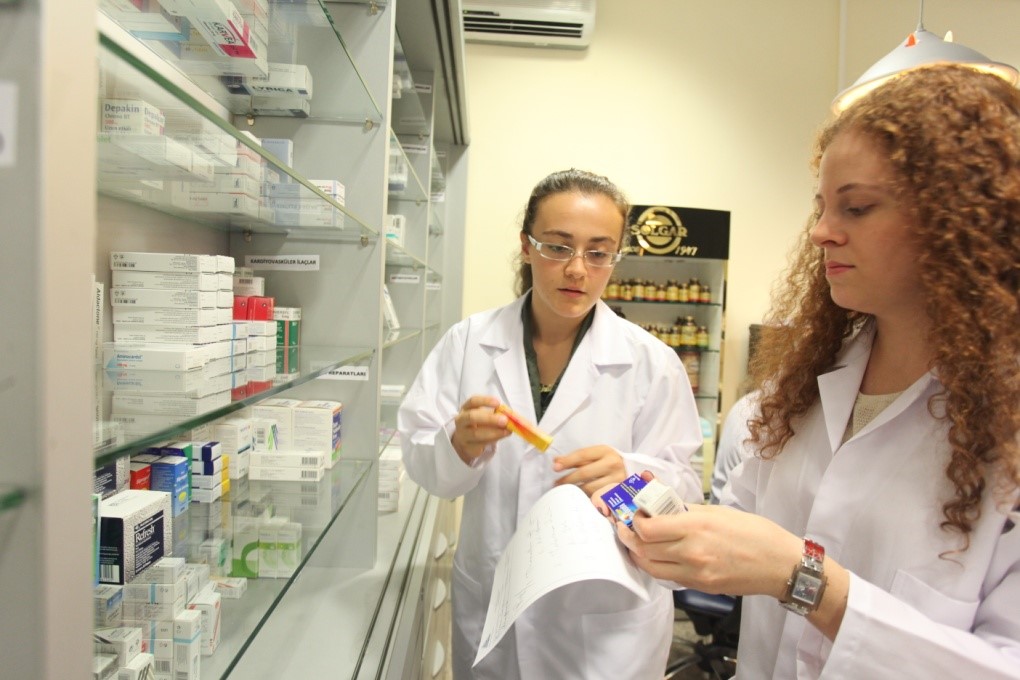
What is Physical Treatment?
The American Physical Therapy Association defines physical treatment as "... a health profession whose main function is the promotion of optimal human health and function through the application of scientific concepts to avoid, determine, evaluate, correct, or alleviate intense or extended movement dysfunction".
Physical Therapy is an occupation whose main purpose is the restoration, maintenance, and promo of ideal health, function, and quality of life for people of any ages. The science of physical treatment involves the application of therapeutic methods, strategies, and interventions that assist rehabilitate a person to their optimum physical capacity. The art of physical therapy is assisting individuals help themselves.
In laws and regulations specifying practice, physical treatment is often defined as the care and services supplied by a physiotherapist or a physical therapist assistant under the direction and guidance of a physical therapist, and include:
Alleviating problems and functional limitation by creating, carrying out, and modifying therapeutic interventions;
Avoiding injury, problems, functional limitation and special needs; and Participating in consultation, education, and research.
More details about the profession of physical therapy might be acquired by visiting the American Physical Treatment Association's website at www.apta.org
Who are Physical Therapist Assistants?
Physical Therapist Assistants, or PTA's, are knowledgeable healthcare providers who deal with and under the instructions and supervision of a physiotherapist to offer physical therapy services. In order for a specific to practice as a PTA, they should graduate from a recognized PTA program and effectively pass a licensing/certification exam.
PTA's play an important function in providing physical treatment services for individuals with various impairments. When a patient looks for or is referred for physical treatment services, the physical therapist carries out an initial evaluation and lays out a plan of care. The PTA can then carry out all or part of the treatment strategy as instructed by the physical therapist.
The American Physical Treatment Association recognizes the PTA as the only individual who helps the physiotherapist in the delivery of selected physical treatment interventions.
What does a Physiotherapist Assistant do?
The physiotherapist assistant (PTA) carries out physical therapy interventions and related tasks under the instructions and supervision of a physiotherapist. Such responsibilities may consist of training patients in therapeutic workout and activities of daily living, utilizing physical agents such as cold, heat, electricity, or water for discomfort relief and healing, advising persons in the usage of assistive gadgets for walking, Check out the post right here taking part in wound care, promoting health and injury prevention, providing client and family education, training clients in wheelchair activities, assisting the physiotherapist in performing patient assessments and intricate interventions, and a lot more.
The PTA also keeps track of the patient's action to treatment, performs numerous tests and steps, files appropriate aspects of client care, and maintains continuous communication with the monitoring physical therapist, along with other health care specialists.
What is the difference in between a PT and a PTA?
The physiotherapist (PT) and the physical therapist assistant (PTA) vary in educational preparation and levels of obligations as it connects to the provision of physical treatment services.
Today, the frustrating majority of PT schools inform physical therapists at the Doctorate level, although numerous practicing therapists were educated when programs needed only a Master's or Bachelor's degree. The PTA is informed at the Associate's degree level, which normally equates to 2 years of college.
The PTA has a working knowledge of the theory behind treatment interventions, understands pathological conditions being treated, and comprehends how to apply techniques and techniques utilized to treat those conditions.
The PT has comprehensive education in evaluative skills, research study, and administration, as well as sophisticated coursework in human anatomy, neuroanatomy, orthopedics, pathology, and therapeutic methods. Both the PT and the PTA need to graduate from recognized programs and pass a licensing evaluation in order to practice in their particular roles.
Consumers/patients might seek the services of the physiotherapist straight, or, the client may be referred to a physiotherapist by a physician. The PT performs the initial assessment and evaluation of the client. The evaluation will lead to a physical therapy medical diagnosis, and as proper, the PT will establish objectives or outcomes to be achieved by a physical therapy strategy of care and treatment strategy.
The PTA can not carry out the preliminary evaluation or examination; however, the PTA may help the PT in gathering information. Following the assessment of the client, the PTA may carry out selected interventions and data collection as directed by the monitoring PT. The PTA must constantly work under the direction and guidance of a physiotherapist. The collaborative relationship between the PT/PTA is highly efficient and valued, and the group significantly adds to the success of the overall rehabilitation process.